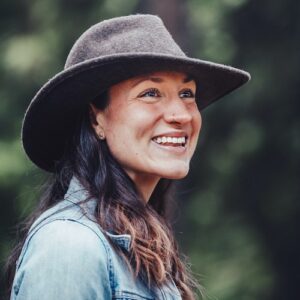The future depends on new relationships
Jason Saulan landed in Eagle Point, Oregon three years ago.
General Manager of C2 Cattle Company, a 9,200-acre, 800 head cattle operation, was the latest post in his 20-year ranching career.
“I actually started as a cowboy,” he said. “I worked my way through a few of the largest ranches in the country.”
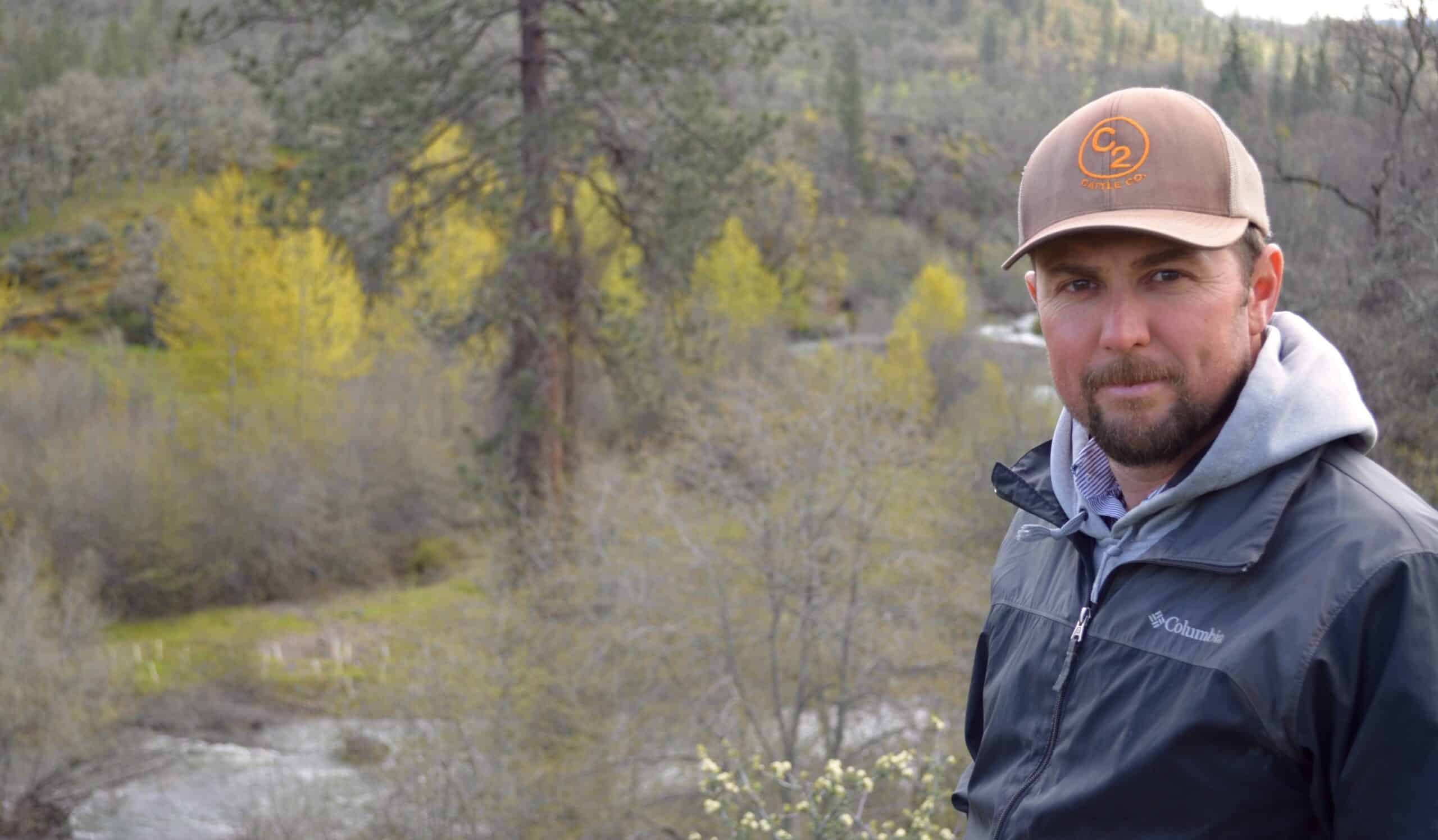
Two decades of travel, or “following the buffalo” as he calls it, taught him science, math, animal husbandry, and even a little marketing.
“I may lack an MBA,” said Saulan. “But I’ve filed a tax return since I was 12.”
And he’s learned about relationships – bearing witness to the rifts between agricultural communities, government agencies and conservation groups. It’s remained true, despite changing landscapes.
“I’ve seen it nearly every where I’ve gone,” said Saulan. “You have groups of fiercely rugged individualists and then you have organizations and entities that, well … think very differently.”
And then came C2.
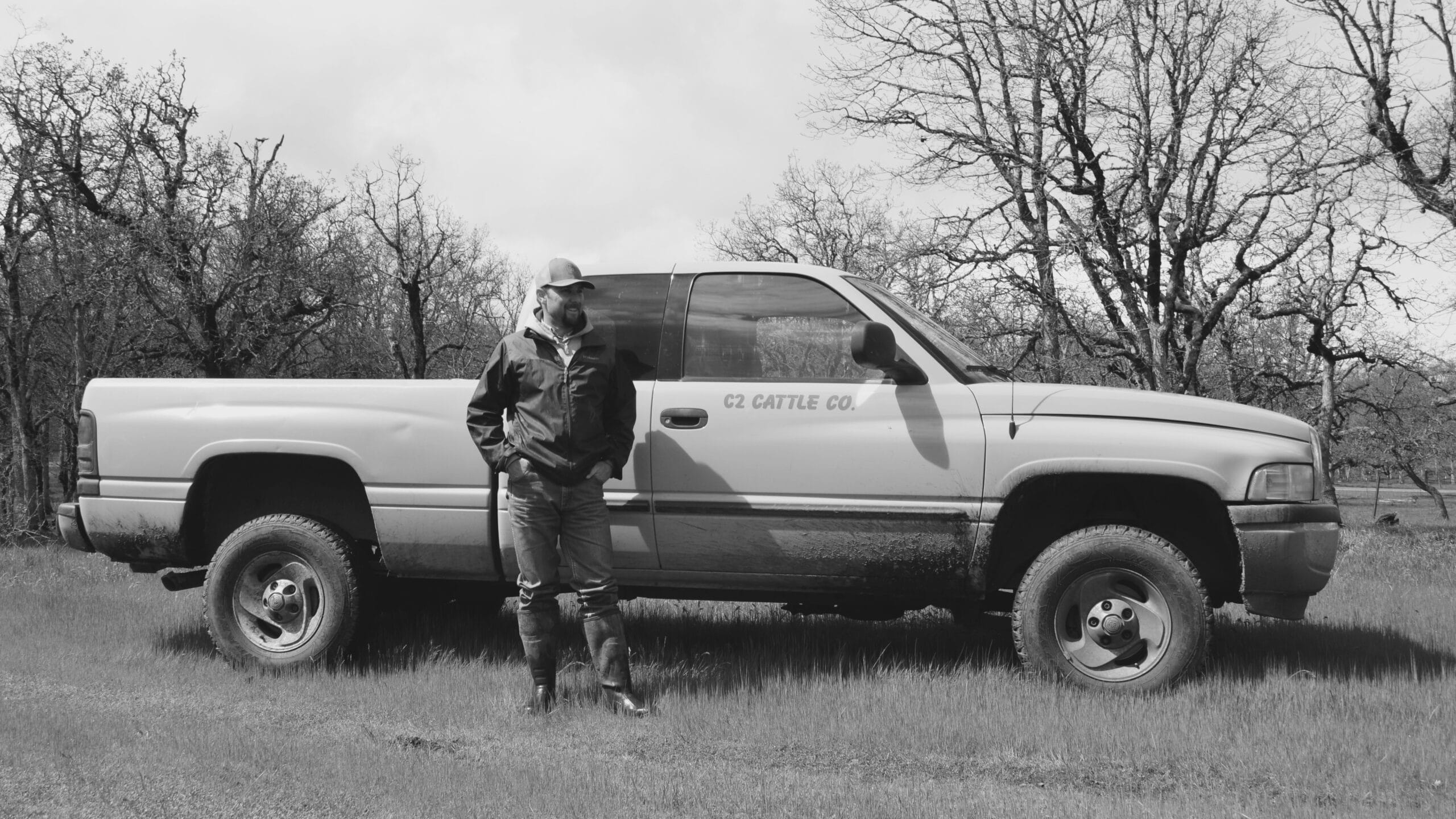
The ranch and its owners, the Coonan family, represented a shift in the paradigm.
In 2006, they donated 1,660 acres to the Southern Oregon Land Conservancy, earning them a local conservation award. In 2011, they voluntarily switched a portion of flood irrigated pasture to sprinkler irrigation to conserve water and have employed more efficient methods of irrigation overall.
They are currently working with the Rogue River Watershed Council and Trout Unlimited on Salt Creek, a critical tributary of Little Butte Creek, to fix fish passage barriers and allow for more water to remain in the creek.
“We operate with two goals in mind: To be economically and environmentally sustainable,” said Saulan. “We pursue projects when they fit both of those.”
So when The Freshwater Trust (TFT) called in 2015, they took it.
The freshwater conservation and restoration nonprofit wanted to build large wood structure log jams, improve flow connections on existing side channel habitat, and replant native vegetation on C2 property along South Fork Little Butte Creek, a tributary to the Rogue River.
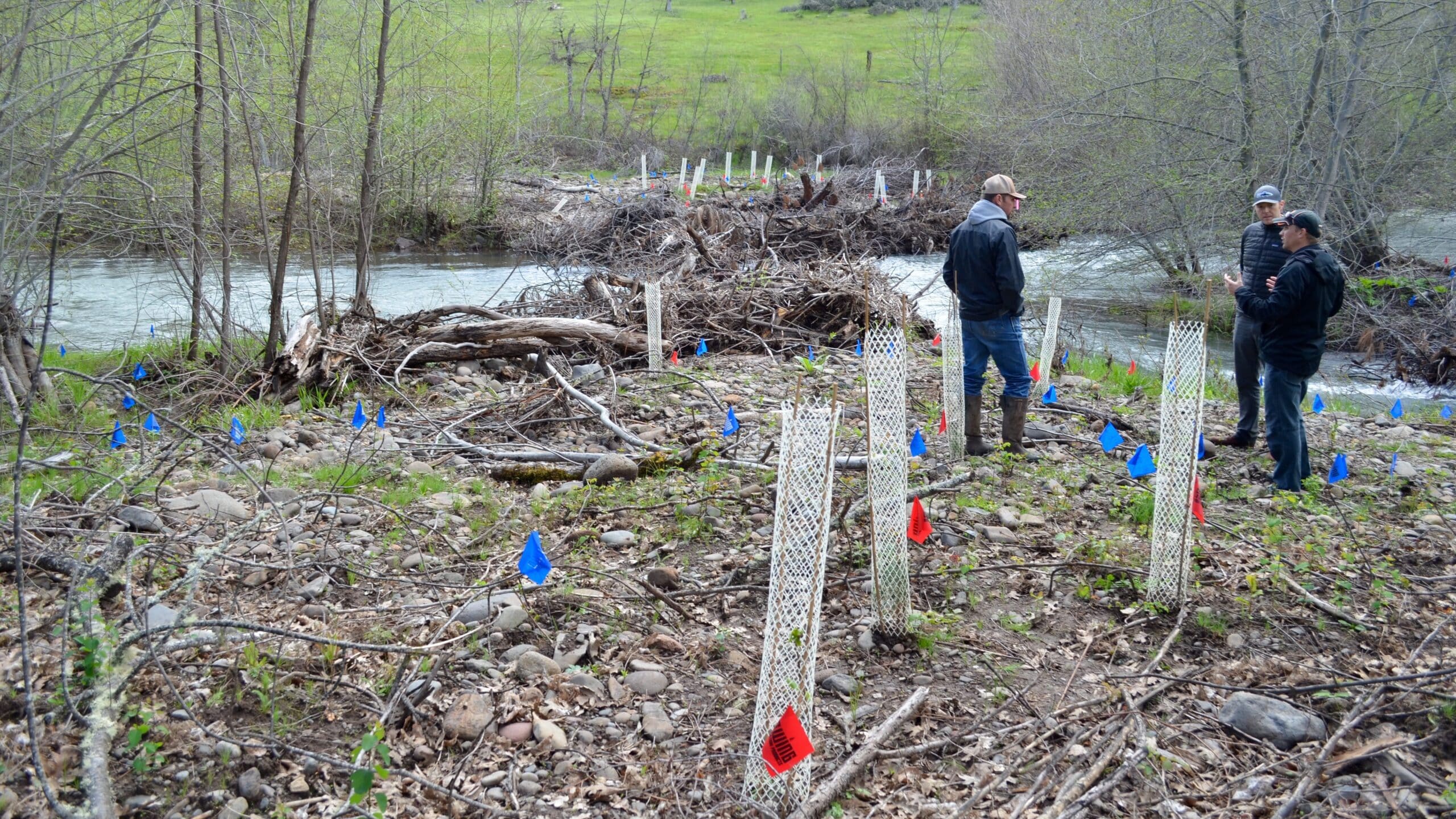
“We knew restoration in this reach would pay off for a multitude of native fish and wildlife,” said Lance Wyss, a restoration project manager with TFT. “But we also know that knowledge like this doesn’t always have an opportunity to evolve into impact and action on the ground.“
This wasn’t the case with C2. They didn’t only take the call; they listened.
Two years after the first conversation, 36 log jams have been installed, creating critical spawning and rearing habitat for native fish. Trees with signs of drought stress and disease as well as crooked, “not as marketable” trees were thinned locally from the property for those large wood structures, improving forest health and preventing fire hazard.
This past fall, Wyss watched river otters chase fall Chinook near one of them.
“That was an incredible moment,” said Wyss. “It’s powerful when you see a rancher’s willingness to work with us turned into something so real.”
Thick swaths of invasive blackberry have also been removed and replaced with nearly 2.5 acres of native vegetation, such as black cottonwood, common snowberry, and willow.
An old side channel was reconnected with the creek.
“What they proposed fit our model,” said Saulan. “We had the opportunity to improve habitat without being negatively impacted economically.”
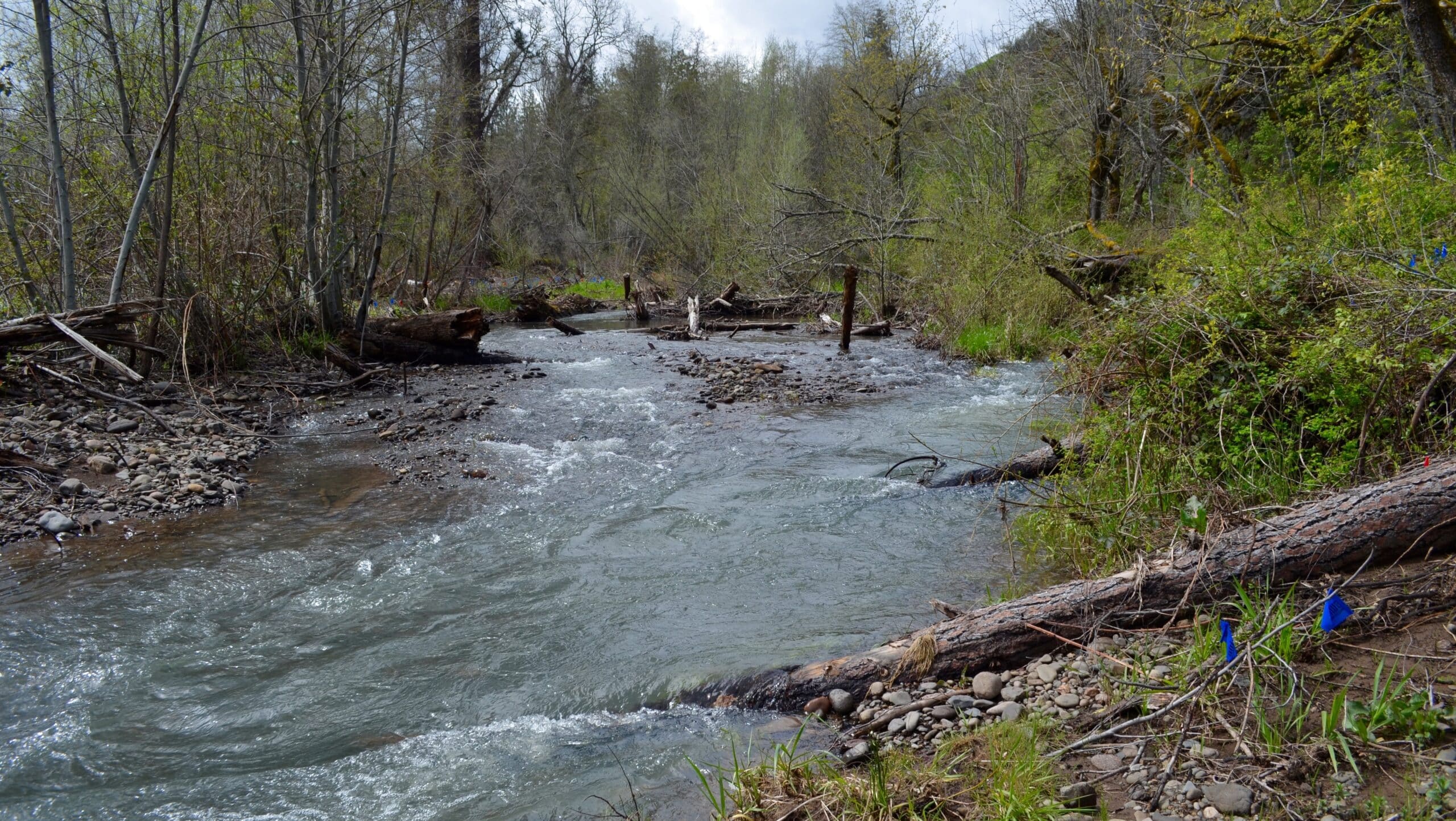
The funding for the project came from the Bureau of Reclamation, allotted to improve critical habitat for threatened coho salmon.
“For so long, ranchers and farmers could choose not to cooperate,” said Saulan. “Now, in the 21st century, I don’t think we’ll be able to choose. Food production and environmental health have become one subject. We are living in the age of the informed consumer, where people are going to ask questions like: Do we hurt fish when we raise grass-fed beef?”
Answering that question with a resounding “no” doesn’t only help C2 sleep at night.
“Being a responsible steward of the land is not only right, it’s a huge selling point,” said Saulan. “As a customer of ours, you’re not only buying locally, you’re buying into a concept of healthy watershed management and stream health.”
The Freshwater Trust has plans for more revegetation and seven additional large wood structures.
C2 Cattle has plans to remain a nondeveloped working landscape.
“These are not at odds,” said Saulan. “For so long people talked about water quality and grazing or management as separate. It’s the same thing, and this kind of dialogue is important right now.”
Over the next 20 years, more than 400 million acres of agricultural land in the United States is expected to change hands as aging farmers and ranchers retire. It will be the largest generational transfer of land in history.
“Fortunately, we have a lot of young people coming into agriculture who can do new things,” said Saulan. “The future will depend on new relationships – relationships like these.”
Want to keep The Freshwater Trust making this kind of impact?
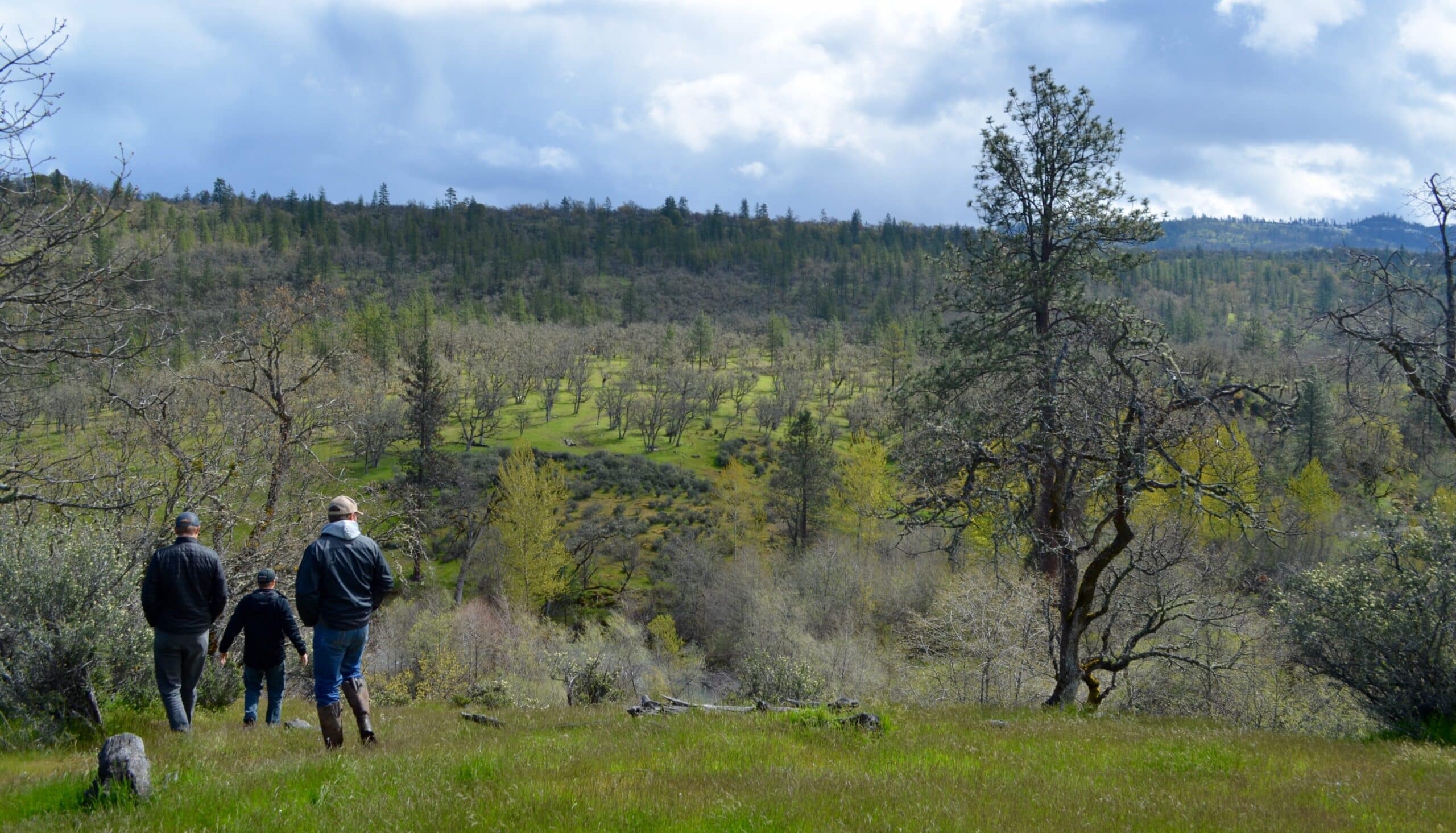
Enjoying Streamside?
This is a space of insight and commentary on how people, business, data and technology shape and impact the world of water. Subscribe and stay up-to-date.
Subscribe- Year in Review: 2023 Highlights
By Ben Wyatt - Report: Leveraging Analytics & Funding for Restoration
By Joe Whitworth - Report: Transparency & Transformational Change
By Joe Whitworth - On-the-Ground Action – Made Possible By You
By Haley Walker - A Report Representing Momentum
By Joe Whitworth

